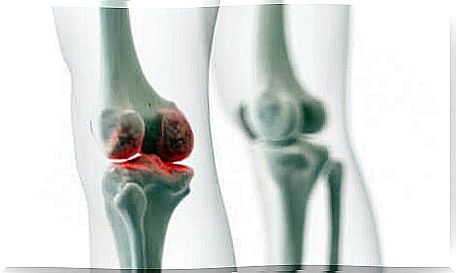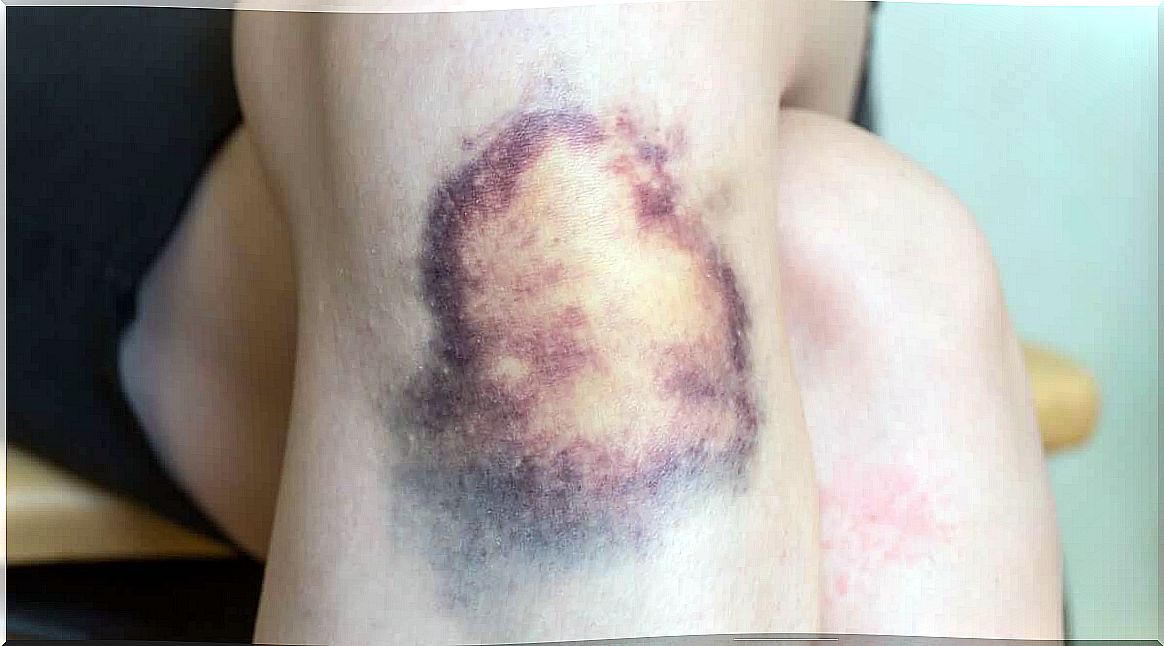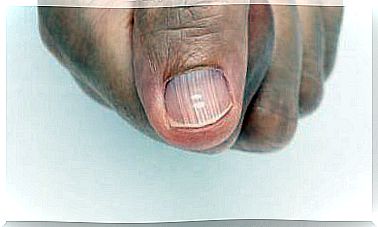What Is Congenital Insensitivity To Pain?
Congenital insensitivity to pain involves the risk of suffering from different lesions and not being aware of them. What does this strange condition consist of?

Pain is an unpleasant sensory experience, a warning signal from our body to protect against something that hurts. It is one of the fundamental survival mechanisms of our species. This is why, congenital insensitivity to pain can be so dangerous.
Congenital insensitivity to pain is an uncommon inherited condition. In fact, it is a collection of conditions called hereditary sensory autonomic neuropathies (NHSA). People who suffer from it are unable to feel physical pain.
This pathology was unknown until recently. It was first discovered in 1932. This was a major breakthrough because, although it is rare, it is a serious disease.
Not feeling pain means losing a great source of stimulus to what’s going on in our body. People with congenital insensitivity to pain are therefore more at constant risk. We explain all of this in this article.
What is congenital insensitivity to pain?
Congenital insensitivity to pain is actually a group of various diseases (hereditary sensory and autonomic neuropathies). Each of them is caused by the alteration of a specific gene whose function is linked to the sensation of pain. The most important are the following:
- NHSA type 1. In addition to insensitivity to pain, there is also a loss of thermal sensation. People who have it usually have impaired hearing and touch. It appears around the age of 20.
- Childhood or type 2 insensitivity. In this type, impairment of touch predominates, although the insensitivity may be partial or complete.
- Type 3 insensitivity. Usually occurs in newborns. Babies have difficulty breastfeeding, have poor muscle tone, and are often irritable.
- Type 4. This is the most common. It is associated with an inability to sweat – anhidrosis -. Unlike others, touch is retained and changes in temperature are felt. The biggest problem, however, is that people cannot regulate their body temperature, and many die prematurely from fever.
These different types all carry the same risk. Insensitivity to pain makes it difficult to know the severity of an injury that occurs in the body. Some injuries or pathologies may even go unnoticed.
For example, it is common for people to suffer from fractures without even knowing it. Their skin is also very characteristic since it usually always presents lesions, ulcers or scars.

How is congenital insensitivity to pain diagnosed?
Since it is a rare disease, the diagnosis is complicated. The main thing is to have a good medical history as well as a correct physical examination. Especially in the case of babies because it is necessary to look for certain signs.
For example, many babies have sores on the tongue or lips. Insensitivity to pain usually manifests as lesions, bruises, or broken bones to which the patient shows no reaction.
In addition, certain additional tests help to confirm the diagnosis. First of all, the electroneurogram is a test that assesses the condition of the nerves. Skin biopsies are also taken .
During this exam, people with insensitivity to pain usually have altered nerve endings. In addition, those with type 4 NHSA will also have changes in their sweat glands.
However, one of the most important aspects is the genetic study. This is often the confirmatory exam. Moreover, as it is a hereditary pathology, it is necessary to inquire about the family history of the patient.

Conclusion…
Congenital insensitivity to pain is a group of diseases. They all have an alteration in a gene linked to the sensation of pain. Each type is accompanied by other symptoms such as:
- Anhidrosis.
- Insensitivity to pressure.
- Insensitivity to temperature.
Finally, this insensitivity involves a considerable risk to life. Indeed, pain is useful for locating lesions and knowing when something is going wrong in our body. It is therefore important to quickly diagnose this disease and educate these patients.









